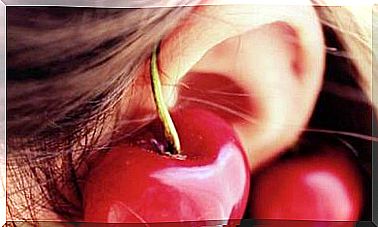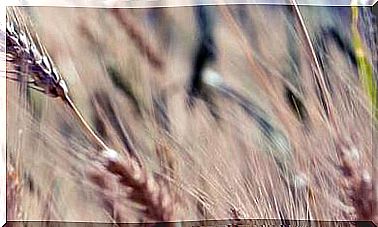These Are The Messages Of The Body That Warn You Of Diseases
Sometimes we observe symptoms in our body and we do not know how to interpret them. Although they may not seem important, they can reveal disease-related processes in other parts of the body.

A health problem is not limited to one area of the body. Symptoms of problems that affect an organ or bones, for example, can be seen in other parts of the body. As they occur in nature, the body is a network where everything is connected.
Knowing how to recognize some “remote symptoms” is crucial to act in time and correct imbalances that in the medium or long term can become complicated. Good doctors who do not rely solely on tests and scans are specialists in discovering these symptoms, and we can learn to observe them too. If you follow the links on each health problem you can discover how to prevent or treat it through diet and natural means.
Symptoms on the skin
The skin is the largest organ in the body and reflects a person’s underlying health in astonishing detail.
Not all the alterations that appear on the skin remain in it. For example, a yellowish tint to the skin suggests liver problems, while yellow, reddish or brown patches with thickening of the skin can be an early symptom of diabetes.
A characteristic “butterfly rash” on the cheeks and bridge of the nose can be a sign of lupus. But the diagnosis is what a doctor has to do, because this symptom can also be due to rosacea.
In postmenopausal women, an excess of above-average neck wrinkles may indicate a lack of collagen, which is related to an increased risk of osteoporosis or lower bone density in the heels, spine, and hips.
Symptoms on the hands
Our hands also tell us a lot about our health. For starters, grip strength is a good indicator of overall health because a weak grip (along with slow gait) can indicate a variety of diseases, including some heart conditions.
Few red blisters or lumps in the hands can indicate an allergy to nickel.
The numbness or tingling of the hands may occur as a result of disorders ranging from carpal tunnel syndrome to a stroke (some may go unnoticed).
A whitish, bluish, or red appearance to the fingers may suggest Raynaud’s disease or a vascular disorder.
Symptoms on the feet
One chronic cold feet may suggest anemia or poor thyroid health, but a more common cause is simply poor circulation.
The swollen feet may indicate a lymphatic or heart disease.
The tingling sensation in the feet is associated with several problems:
- Tiredness from excessive physical exercise.
- Bad posture that is maintained for too long.
- Bad circulation.
- Herniated disc: it is one of the symptoms of this problem, in addition to back pain.
Nail symptoms
Any alteration in the color or appearance of the nail surface, whether on the hands or the feet, can reflect negative health changes.
The brittle nails are associated with hypothyroidism and calcium deficiency, zinc, vitamin A, vitamin C or biotin.
Round or elongated depressions in the nails, called “nail pitting” or “pitted nails,” can be a sign of psoriasis.
When the nails, which are normally concave, take a convex shape, such as small plates or spoons, it may be a manifestation of iron deficiency anemia.
Symptoms in the eyes
Blurred vision, tearing, burning, itching and intolerance to light are some symptoms that affect the eyes and that may be related to inflammatory bowel disease.
A decrease in visual acuity or distorted vision are indicators that macular degeneration may be present, a problem that is more common in people with kidney problems. It is advisable to consult with the family doctor so that he can order the appropriate tests if he considers it appropriate.
The tremors in the eyelids are a very common symptom of stress, lack of sleep or a high intake of caffeine.
When the whites of the eyes appear yellowish, it indicates that the liver is not eliminating bilirubin efficiently enough. It can be a symptom of hepatitis, fatty liver, biliary obstruction due to a stone or toxic reaction to a drug, among other problems.
Symptoms in the hair
The abnormal fall of hair, to the point that strikes may result from iron deficiency anemia or insufficient intake of dietary protein.
The drop may also be due to the drop in estrogen levels during menopause.









